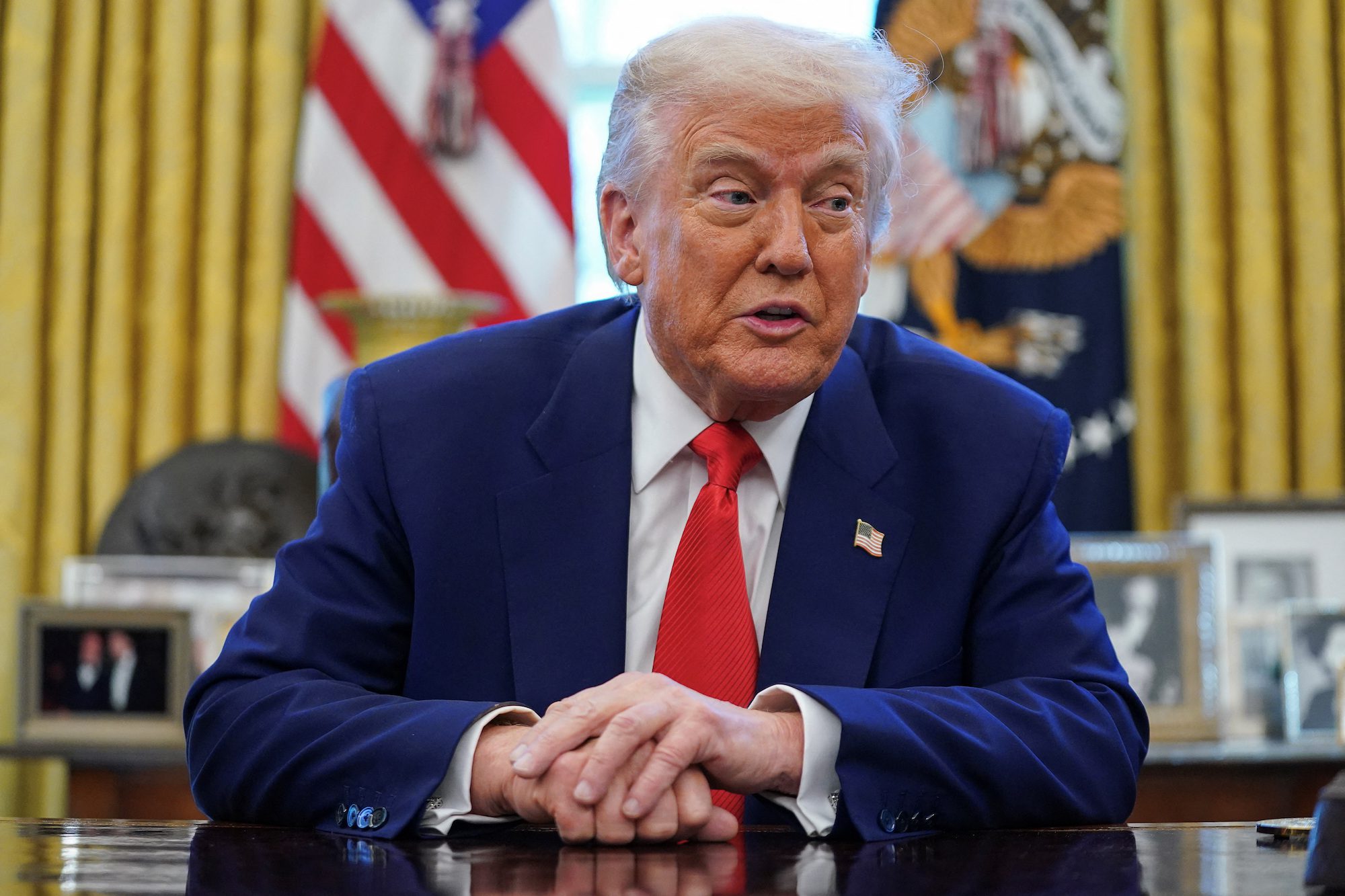Business
U.S. and EU Forge Trade Deal to Reshape Tariff Landscape

The United States and the European Union have finalized a significant trade deal set to reshape economic relations between the two entities, concluding months of uncertainty for industries and consumers alike. Announced on July 28, 2025, U.S. President Donald Trump will implement the agreement via an executive order effective August 1.
The framework outlines several key components, primarily focused on tariff adjustments and strategic economic commitments.
Key Elements of the Trade Deal
One of the most impactful aspects is the establishment of a 15% baseline tariff on nearly all EU goods entering the U.S. This new tariff rate is not additive to any existing tariffs, simplifying the trade landscape. Currently, cars and car parts will see their tariffs reduced significantly from 27.5% to 15%, marking a substantial shift in automotive trade.
In the pharmaceutical and semiconductor sectors, tariffs will initially be set at 0% until the conclusion of ongoing Section 232 investigations. These investigations may lead to new global tariff rates, but any levies on these imports from Europe will not exceed 15%. Tariffs on timber and copper will also be assessed after these investigations, with a similar ceiling of 15%.
Further Tariff Developments
While tariffs on European steel and aluminum remain at 50%, both parties agreed to transition to a quota system in future negotiations. Under this arrangement, European steel exports within the agreed quota will benefit from the most-favored nation tariff rate as per World Trade Organization (WTO) regulations, potentially lowering costs significantly.
Additionally, the deal introduces a zero-for-zero tariff agreement for several sectors. This includes all aircraft and their components, certain chemicals, a selection of generic drugs, semiconductor manufacturing equipment, and some agricultural products. Notably, sensitive products such as beef, rice, and poultry are excluded from this arrangement. The establishment of tariff rates for wine and spirits, a contentious topic, will be determined at a later date.
The EU has committed to making substantial strategic purchases from the U.S., projected to total $750 billion during Trump’s presidency. This includes a mixture of spot purchases for oil, long-term contracts for liquefied natural gas (LNG), and government procurement for nuclear technology. As part of this agreement, European companies are expected to invest $600 billion in the U.S. over the course of Trump’s second term.
In the defense sector, EU member states will procure U.S. military equipment, although the specific amounts have not been clarified in the agreement.
This comprehensive trade deal marks a pivotal moment in U.S.-EU relations, aiming to bolster economic ties while addressing longstanding tariff disputes. As industries and consumers anticipate the changes, the full impact of these agreements will unfold in the coming months.
-

 Lifestyle3 months ago
Lifestyle3 months agoLibraries Challenge Rising E-Book Costs Amid Growing Demand
-

 Sports3 months ago
Sports3 months agoTyreek Hill Responds to Tua Tagovailoa’s Comments on Team Dynamics
-

 Sports3 months ago
Sports3 months agoLiverpool Secures Agreement to Sign Young Striker Will Wright
-

 Lifestyle3 months ago
Lifestyle3 months agoSave Your Split Tomatoes: Expert Tips for Gardeners
-

 Lifestyle3 months ago
Lifestyle3 months agoPrincess Beatrice’s Daughter Athena Joins Siblings at London Parade
-

 World3 months ago
World3 months agoWinter Storms Lash New South Wales with Snow, Flood Risks
-

 Science3 months ago
Science3 months agoTrump Administration Moves to Repeal Key Climate Regulation
-

 Science2 months ago
Science2 months agoSan Francisco Hosts Unique Contest to Identify “Performative Males”
-

 Business3 months ago
Business3 months agoSoFi Technologies Shares Slip 2% Following Insider Stock Sale
-

 Science3 months ago
Science3 months agoNew Tool Reveals Link Between Horse Coat Condition and Parasites
-

 Sports3 months ago
Sports3 months agoElon Musk Sculpture Travels From Utah to Yosemite National Park
-

 Science3 months ago
Science3 months agoNew Study Confirms Humans Transported Stonehenge Bluestones









